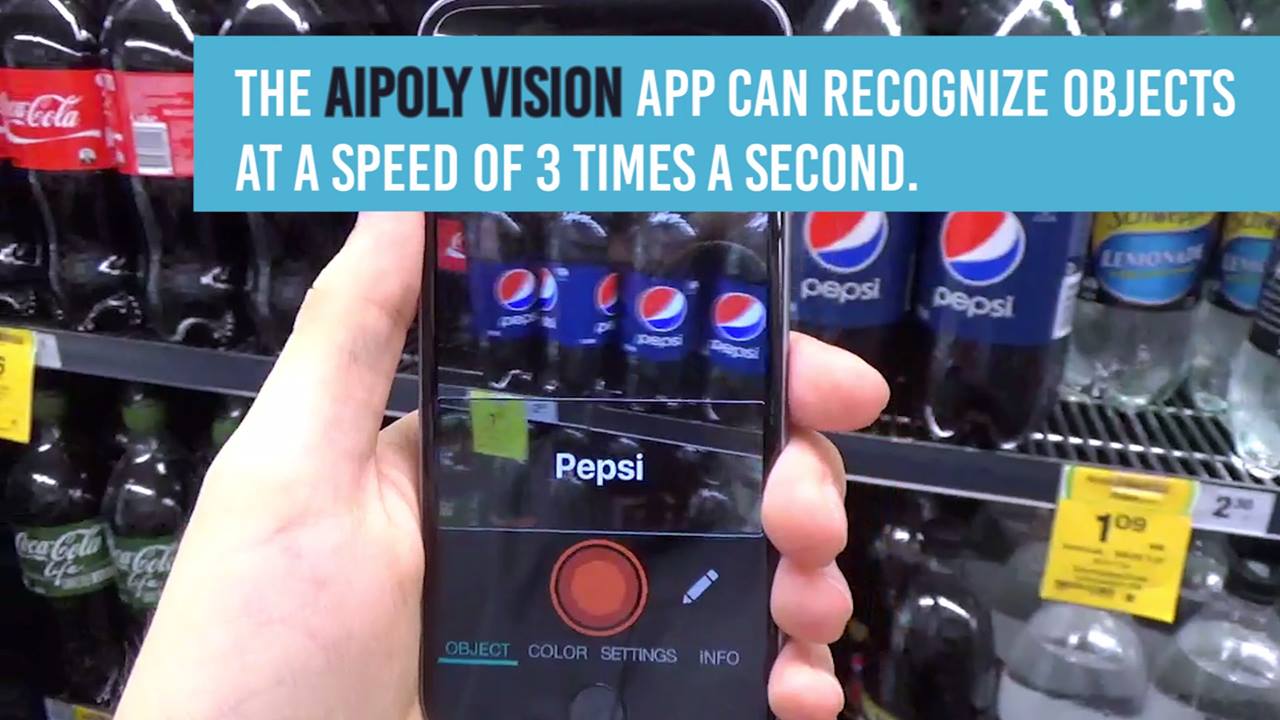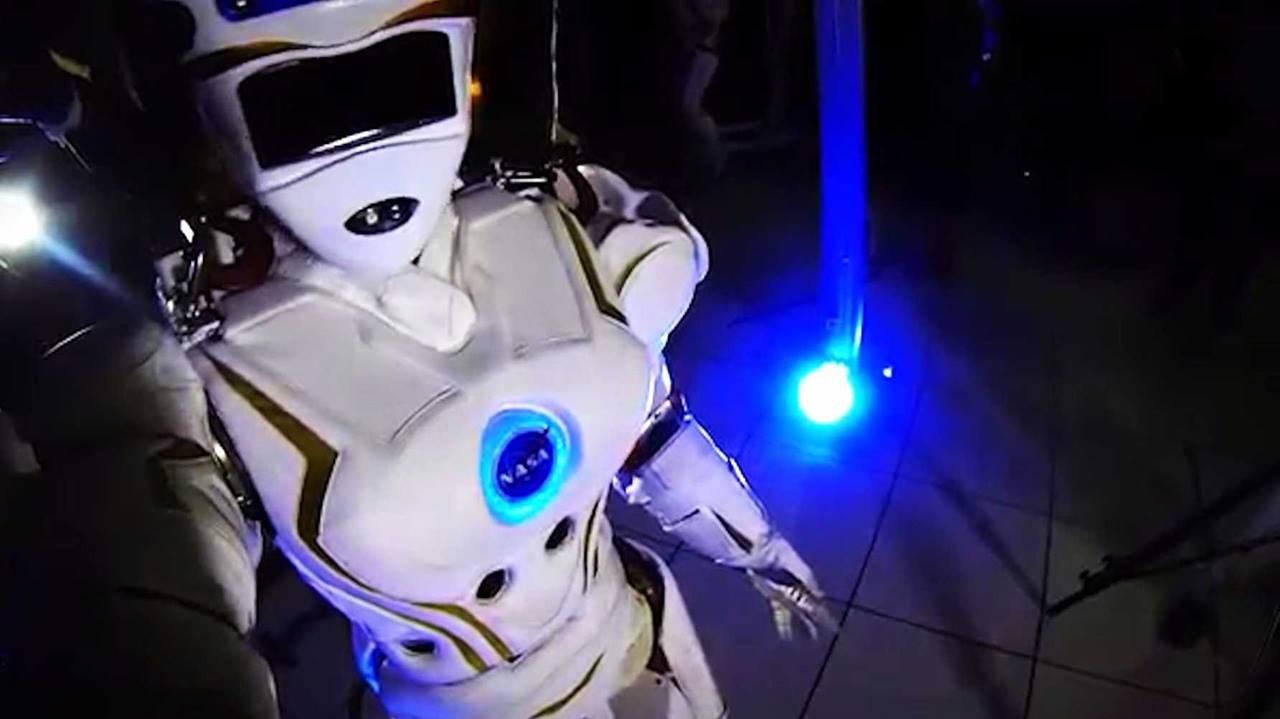Page 11523
Dec 20, 2015
Borophene: This New, 2-Dimensional Material May Be Stronger Than Graphene
Posted by Shailesh Prasad in categories: materials, nanotechnology, particle physics
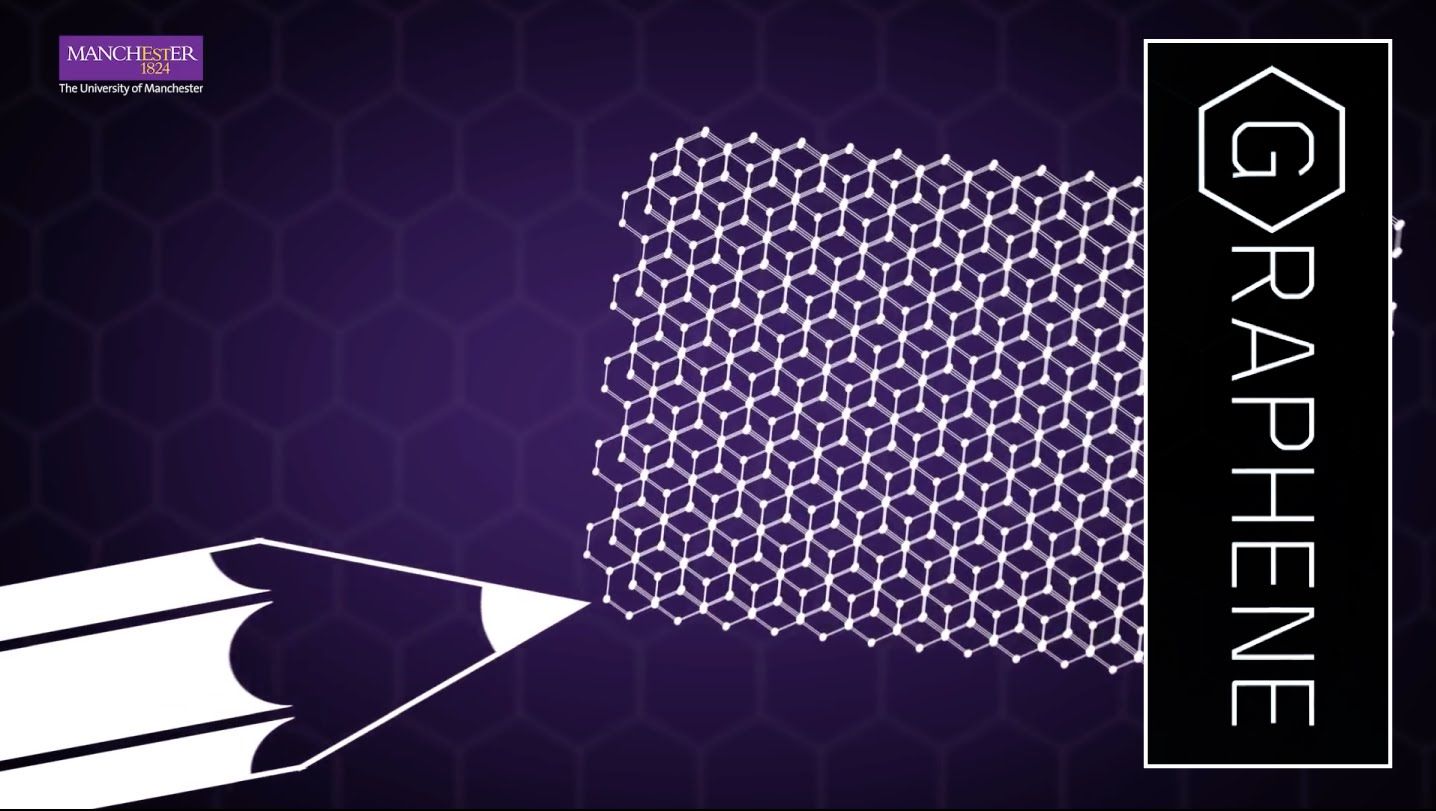
Graphene is a super strong, two-dimensional material with atom-thick layers. But now, a team of scientists have developed a new material with a similar structure that they’re calling borophene, and it may have graphene beat.
Borophene, a one atom thick sheet of boron, is being introduced by scientists as the next big thing after graphene, another two-dimensional material that made headlines back in 2004. If you aren’t aware, graphene is basically a supermaterial. A single layer of this is about 100 times stronger than steel and it is extremely flexible.
Continue reading “Borophene: This New, 2-Dimensional Material May Be Stronger Than Graphene” »
Dec 20, 2015
This virtual reality bike could kill the boredom of exercise
Posted by Shailesh Prasad in categories: health, virtual reality
Society isn’t ready to take a medium seriously until it can provide certain things. The first, and most obvious, achievement is it must work with porn. Virtual reality passed that benchmark a long time ago, and it seems to have no problem revisiting it over and over again. So what’s the next trial that virtual reality must face on its quest to becoming a true consumer medium?
Someone has to try and make me exercise with it.
That someone are the makers of the Virzoom, an exercise bike and app suite for the Oculus Rift headset. The VirZOOM is available for preorder today, with the first 300 units are $200 (it’s regular price $250).
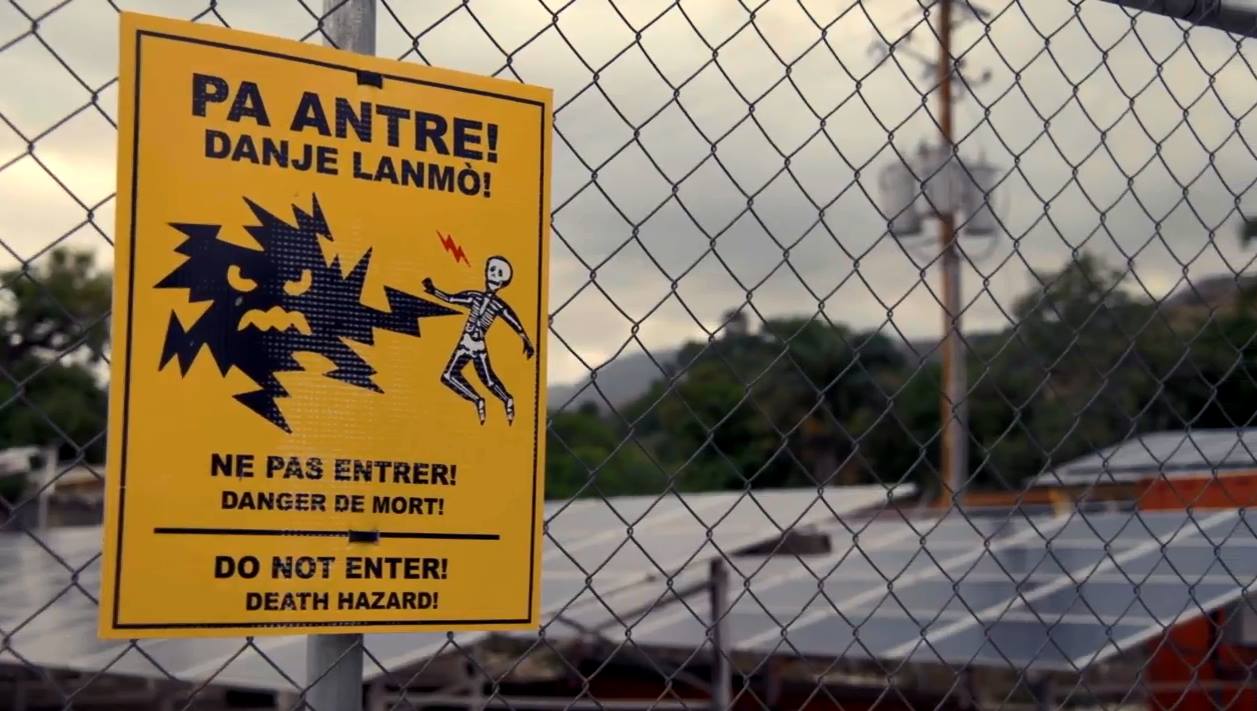
From Haiti to Alabama – discover the Solar Frontiers where clean energy is sparking a revolution in how our planet is powered – and by whom.
Dec 20, 2015
Ben Goertzel: Transitioning to a Post-Employment, Post-Scarcity, Post-Money Economy
Posted by Shailesh Prasad in categories: economics, robotics/AI
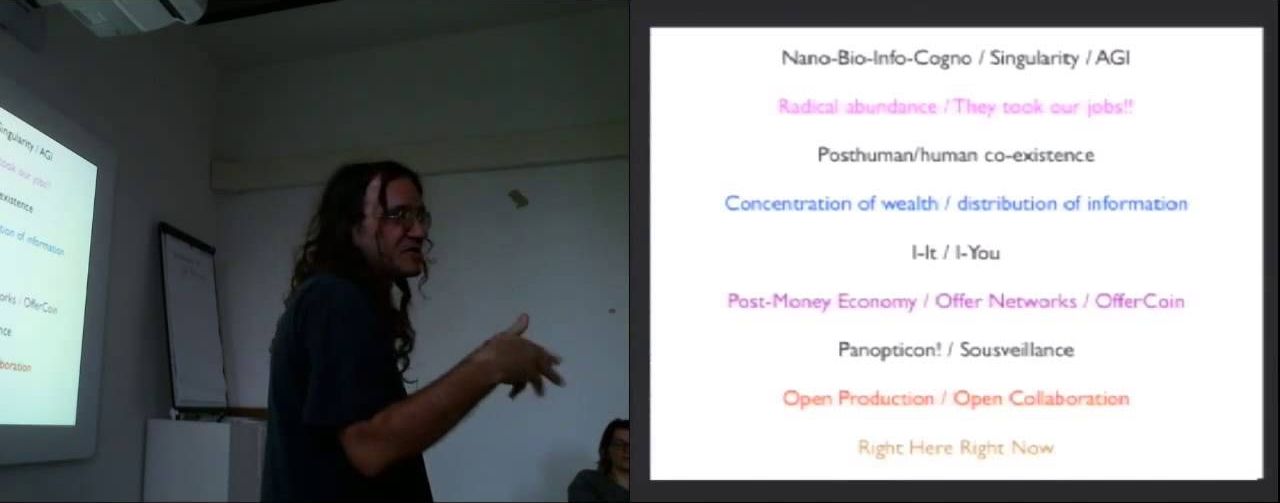
Full Title:
Transitioning to a Post-Employment, Post-Scarcity, Post-Money Economy in Which Collective Human and Machine Meaning Making Reigns.
Speaker:
Ben Goertzel, AGI Society, OpenCog Foundation.
Dec 20, 2015
NASA shows off their humanoid robot that they want to send to Mars
Posted by Shailesh Prasad in categories: robotics/AI, space travel
Dec 20, 2015
Warp drive and wormholes could be used for time travel, says physicist
Posted by Andreas Matt in categories: cosmology, space travel, time travel
Older, but interesting idea—
Warp drive and stargate wormholes could be used for time travel to the past. That’s the surprising conclusion that controversial theoretical physicist and author Dr. Jack Sarfatti has reached from his research into dark energy and dark matter.
Hubble image of dark matter ring in galaxy cluster
Continue reading “Warp drive and wormholes could be used for time travel, says physicist” »
Dec 20, 2015
Oxford team demonstrates ‘hybrid’ logic gate as work towards quantum computer continues
Posted by Andreas Matt in categories: computing, particle physics, quantum physics
‘In a nice piece of “spin-off science” from this technological achievement, we were able to perform a “Bell test”, by first using the high-precision logic gate to generate an entangled state of the two different-species ions, then manipulating and measuring them independently. This is a test which probes the non-local nature of quantum mechanics; that is, the fact that an entangled state of two separated particles has properties that cannot be mimicked by a classical system. This was the first time such a test had been performed on two different species of atom separated by many times the atomic size.’
While Professor Lucas cautions that the so-called ‘locality loophole’ is still present in this experiment, there is no doubt the work is an important contribution to the growing body of research exploring the physics of entanglement. He says: ‘The significance of the work for trapped-ion quantum computing is that we show that quantum logic gates between different isotopic species are possible, can be driven by a relatively simple laser system, and can work with precision beyond the so-called “fault-tolerant threshold” precision of approximately 99% — the precision necessary to implement the techniques of quantum error correction, without which a quantum computer of useful size cannot be built.’
In the long term, it is likely that different atomic elements will be required, rather than different isotopes. In closely related work published in the same issue of Nature, by Ting Rei Tan et al, the NIST Ion Storage group has demonstrated a different type of quantum logic gate using ions of two different elements (beryllium and magnesium).

